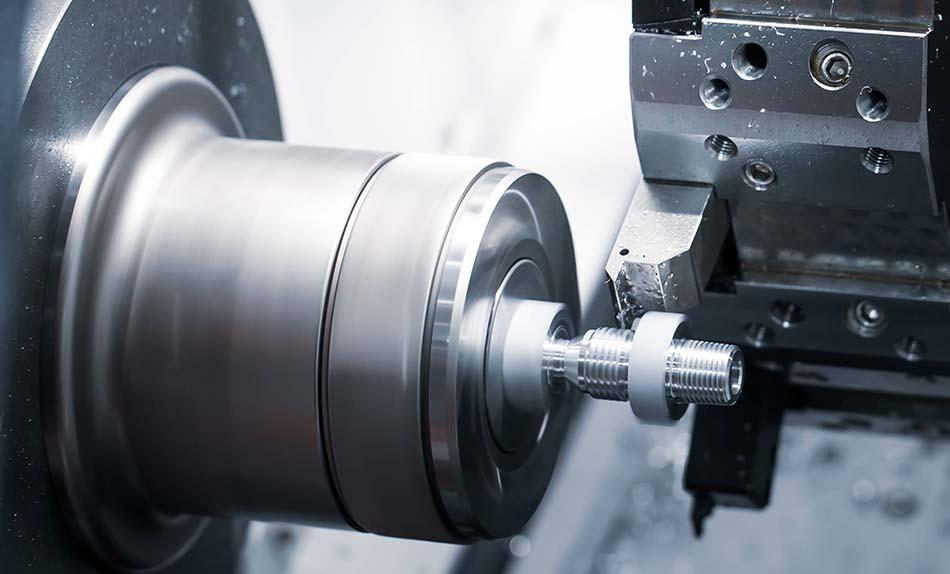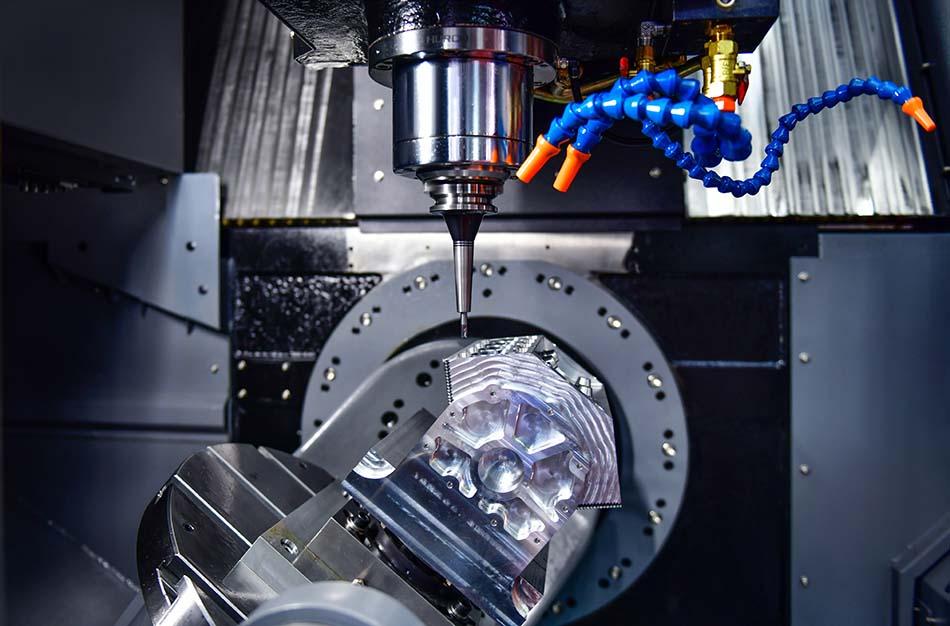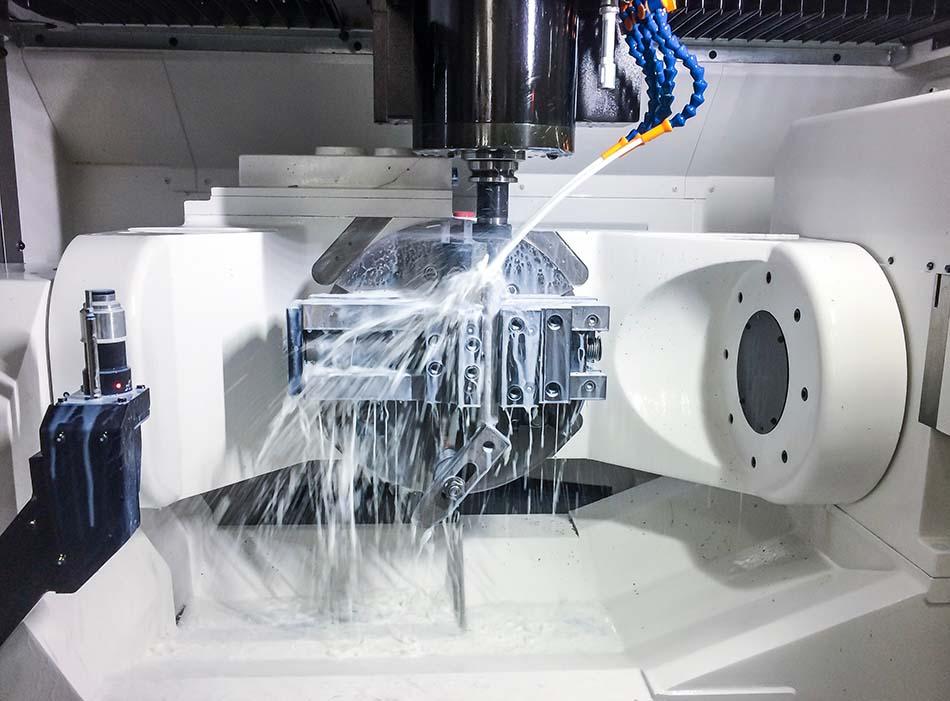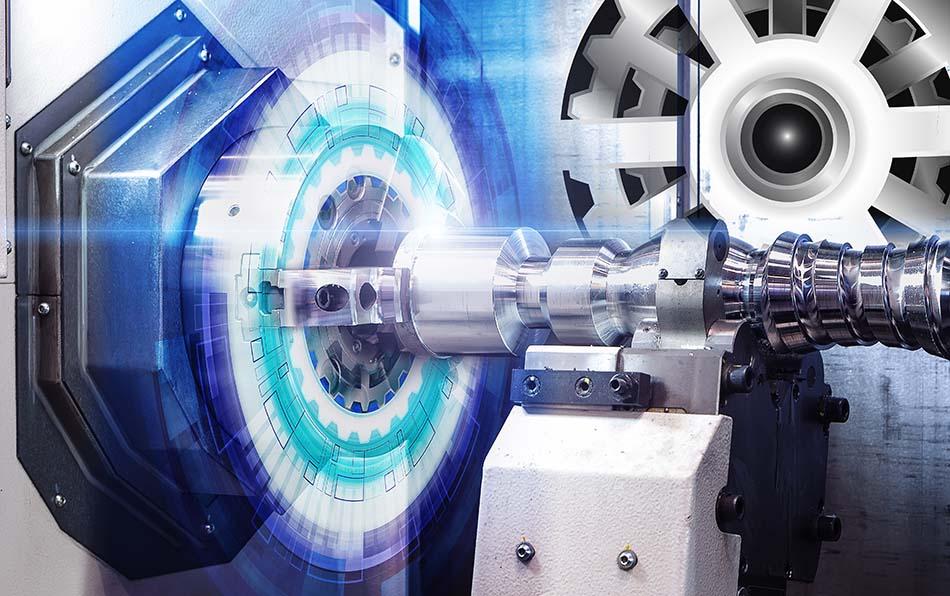What Are Tolerances in CNC Machining and Why Do They Matter?
CNC machining is all about precision. One of the most important ideas in CNC machining is tolerances. Tolerances are the small differences allowed in a part’s measurements, and they make sure the product works as it should. Whether it’s a tiny piece for a medical device or a strong part for an airplane, tolerances help decide the quality and fit of the product. In this blog, we’ll explain what tolerances are, the different types, and why they matter so much in CNC machining.
What Are Tolerances?
Tolerances set the range for how much a part’s size can vary from the design. No machine can make a part 100% perfect every time, so tolerances allow for slight differences.
For example, if a part is supposed to be 50 mm long and has a tolerance of ±0.1 mm, it can measure anywhere from 49.9 mm to 50.1 mm and still be acceptable. Tolerances ensure parts fit together properly and perform their job without issues. Without tolerances, even small differences could lead to parts not working or fitting correctly, which could cause bigger problems during assembly.
Managing Tolerances
Managing tolerances doesn’t have to be complicated. They provide the flexibility needed to balance precision and practicality in manufacturing. Tolerances for CNC machining can vary depending on the type of material, the machining process, and the part’s intended use. Standard tolerances ensure that CNC machined parts meet general requirements, while tighter tolerances are applied for high-precision components.
One of the first steps is to work closely with designers to figure out where tight tolerances are actually needed and where they aren’t. Talking with the design team makes sure that tolerances don’t add extra costs or make the manufacturing process harder than it needs to be.
Using reliable tools is also important. High-quality tools last longer and make more accurate cuts. They help avoid mistakes and reduce the need to redo work. This saves money and keeps the production process running smoothly.
Advanced CNC machines can make managing tolerances easier, too. These machines are designed to hold tight tolerances and can adjust automatically when things change during the process. This makes the work more accurate and helps keep production moving.
It’s also a good idea to focus on the parts of the design that matter most. Use tight tolerances only where they are necessary for the part to work correctly. In other areas that don’t affect how the part works, looser tolerances can save time and money without causing problems.
Finally, the environment where the machining happens is important. Temperature changes can make materials expand or shrink, which could affect tolerances. Keeping the workspace at a stable temperature helps avoid these issues. Some manufacturers use advanced systems to control the climate and keep everything consistent.
By working with designers, using good tools, focusing on what’s important, and controlling the environment, manufacturers can handle tolerances more easily while saving time and money.
Types of Tolerances
- Linear Tolerances
- These measure acceptable changes in straight-line sizes like length or width.
- Shown as ± numbers on designs, such as ±0.05 mm. Linear tolerances are especially useful in parts that must fit exactly with other components.
- Important for parts that need to connect perfectly with others to avoid any gaps or misalignment.
- Geometric Tolerances
- Control the shape and position of parts, like flatness or roundness.
- Help ensure parts work smoothly in complex systems. Geometric tolerances are especially critical in moving parts, such as engines or gear assemblies, where even tiny inaccuracies can cause wear or malfunction.
- These tolerances can also simplify inspections by providing clear guidelines for acceptable shapes and alignments. Geometric dimensioning and tolerancing (GD&T) is often used to define true position and maximum material condition for critical features.
- Angular Tolerances
- Measure acceptable changes in angles.
- Essential for parts like brackets or gears that need precise alignment. Angular tolerances are critical in ensuring proper functionality in parts that transfer motion or force.
- Incorrect angles can lead to poor assembly or functionality in the final product, potentially causing long-term issues or breakdowns.
- Bilateral and Unilateral Tolerances
- Bilateral: Variations allowed on both sides of the size (e.g., ±0.2 mm). Bilateral tolerances provide more flexibility in manufacturing processes.
- Unilateral: Variations allowed on one side only (e.g., +0.1 mm, -0 mm). Unilateral tolerances are often used in precision applications where one-sided control is essential.
- Choosing the right type depends on the part’s purpose and manufacturing method, as it can directly impact the ease of production and the part’s performance.
Why Tolerances Are Important
- Parts That Work Together
- Parts need to fit and work as planned. Tolerances make sure everything fits perfectly, especially when many parts are assembled.
- For example, a car’s engine parts must fit tightly to run smoothly without leaking oil or fuel. Without proper tolerances, engine components may fail or wear out faster, leading to expensive repairs or safety concerns.
- High-Quality Results
- Tolerances are a way to measure quality. Meeting tight tolerances means parts will work well and last longer.
- Products with consistent tolerances build trust with customers and meet industry standards more easily, ensuring long-term satisfaction and fewer returns or complaints.
- Less Waste
- Using the right tolerances reduces mistakes and saves materials. Tight tolerances only where needed can lower costs.
- For example, loose tolerances on non-critical areas can reduce scrap and save time during production, improving the overall cost-effectiveness of the process.
- Following Industry Standards
- Industries like aerospace and medical devices have strict rules about tolerances to ensure safety and reliability.
- Meeting these standards guarantees compatibility and quality across different manufacturers and suppliers, making collaboration and assembly much smoother.
Factors That Affect Tolerances
- The Material Used
- Materials behave differently during machining. For example, metals expand and contract more than plastics.
- Knowing how materials react helps set realistic tolerances. Softer materials may need looser tolerances to avoid damage during machining, while harder materials can hold tighter tolerances. Metal parts often require specific machining tolerances to ensure dimensional accuracy.
- The Machining Process
- Different processes, like milling or grinding, produce different levels of precision. Grinding can achieve tighter tolerances than standard milling.
- Advanced machining methods like laser cutting or EDM (electrical discharge machining) can also achieve extremely tight tolerances, making them ideal for high-precision applications.
- Worn-Out Tools
- Tools that are dull or damaged make less accurate cuts. Regular maintenance helps keep tolerances in check.
- Sharp, high-quality tools also improve the consistency of tolerances over long production runs, reducing variability and defects.
- The Environment
- Changes in temperature or humidity can cause materials to expand or shrink, affecting tolerances.
- Using temperature-controlled spaces or scheduling machining during stable conditions can help maintain accuracy and reduce errors caused by environmental factors.
- Machine Calibration
- Regularly checking and adjusting machines ensures they produce accurate parts.
- Calibrating machines to account for wear and tear is vital for maintaining high precision, especially during long production cycles. Proper calibration ensures that CNC machines consistently meet the specified tolerance for CNC machined parts.
Where Tolerances Are Used
- Medical Equipment
- Implants and surgical tools need to meet tight tolerances to work safely and fit the human body.
- For example, dental implants must match precise dimensions to ensure a secure and comfortable fit, avoiding complications during or after surgery.
- Airplane Parts
- Every part of a plane must meet exact tolerances to ensure safety and efficiency. Even small errors can cause major problems.
- High-performance components like turbine blades rely on tight tolerances to maintain balance and reduce wear, ensuring long-term reliability and safety.
- Car Parts
- From engines to brakes, car parts need precise tolerances for safety and smooth operation.
- Poorly machined parts could lead to recalls or system failures, which can be costly for manufacturers and dangerous for users.
- Electronics
- Devices like phones and laptops need tight tolerances so components can fit into small spaces without issues.
- Tight tolerances also help with heat management and connectivity within electronic devices, improving their performance and longevity.
Balancing Tolerances and Costs
While tight tolerances are sometimes necessary, they can raise costs. Here’s why:
- Takes More Time
- Achieving tighter tolerances requires slower machining speeds and extra finishing steps.
- Additional inspections and testing may also be needed to ensure compliance with specifications, which can add to production time.
- Wears Out Tools Faster
- Tools wear out more quickly when working with tight tolerances, leading to higher replacement costs.
- High-performance tools with wear-resistant coatings can help reduce these expenses by extending tool life.
- More Scrap Material
- Parts that don’t meet tight tolerances may need to be thrown away, increasing waste.
- Advanced quality control systems can help identify issues early to minimize scrap rates, improving overall efficiency.
- Needs Better Machines
- Machines that achieve tight tolerances are often more expensive.
- Investing in such machines is essential for industries where precision is non-negotiable, like aerospace or medical devices, ensuring reliability and reducing long-term costs.
To save costs, only use tight tolerances where they are necessary for the part’s function, balancing precision with practicality.
Achieving Precision Through Proper Tolerances
Tolerances are the backbone of CNC machining, ensuring parts work as expected and fit together correctly. While tight tolerances can be costly, they are often necessary for high-quality results. By understanding tolerances and using them wisely, manufacturers can produce reliable, efficient, and cost-effective parts. If you need help managing tolerances for your projects, contact In-House CNC Services for expert advice.




